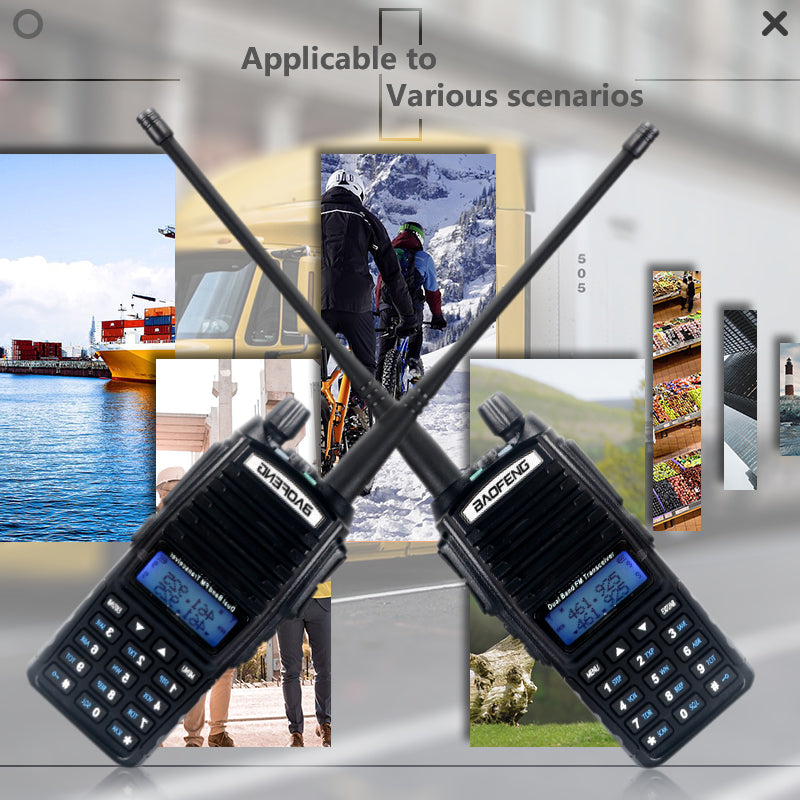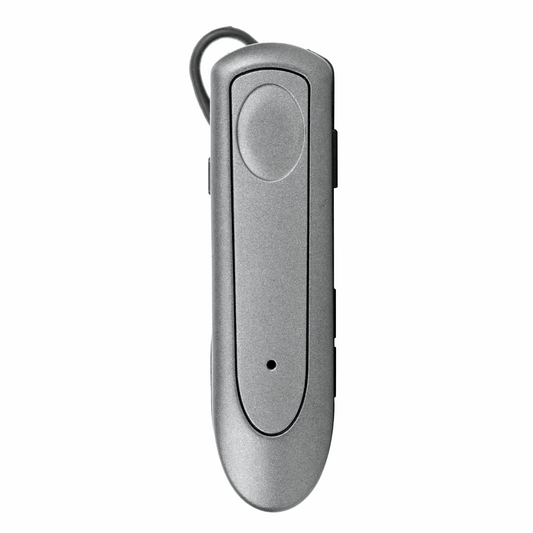
WHAT TO LOOK FOR WHEN BUYING A WALKIE TALKIE
If you’re looking to buy a walkie talkie, you might be surprised by just how many different features, frequencies, ranges, and brands there are to choose from. It might seem tricky finding your perfect radio amongst the hundreds of different options that range from products that are basically toys to emergency services grade tools trusted in dire situations. Most people shopping for a walkie talkie need something in between the two, something reliable, clear sound quality, and durable that will get the job done. What kind of walkie talkie you purchase depends on what job you need it to do.
FROM PROFESSIONAL TO RECREATIONAL USE AND EVERYTHING IN BETWEEN TIDRADIO IS YOUR WALKIE TALKIE HEADQUARTERS
DIFFERENT TYPES OF WALKIE TALKIES
Of all the two-way radios out there, most can be divided into two categories: business or consumer. Business radios include everything from the serious units adopted by the military or police to walkie talkies that keep workers connected on construction sites, in warehouses, or during field work. Walkie talkies for consumer use are the sort you’ll take hiking, on a family vacation, or hitting a music festival.
From there, you can see most other frequencies, features, and types of radio fall along those two categories. Business walkie talkies, for example, are more likely to be UHF (ultra high frequency) or VHF (very high frequency), like Baofeng UV-5R or TD-FPGP. The difference between those two designations is that ultra high frequency radios have a more penetrative signal that works better indoors or in urban settings. UHF walkie talkies are ideal for businesses that operate in cities, across campuses, and where workers are going in and out of doors all day.
VHF walkie talkies, on the other hand, are better in wide open spaces. They can cover longer distances with less drain on your battery if you’re in an area with few obstacles, like a meadow or a golf course or on the lake. They are more functional outdoors, or anywhere with a clear line of sight, like from one mountain peak to another, or between two vehicles offroading.
WHAT’S THE DIFFERENCE BETWEEN UHF/VHF AND GMRS/FRS WALKIE TALKIES?
Below the high megahertz frequencies used by UHF and VHF walkie talkies are the frequencies used by GMRS and FRS walkie talkies. The later frequencies are what usually fall into the consumer category. Keep in mind that GMRS does require special licensing from the FCC ($70 for 10 years), while FRS does not. FRS radios aren’t quite as powerful in terms of their range or penetrative capabilities, but the vast majority of the time, you don’t need them to be.
OTHER WALKIE TALKIE FEATURES
Once you have your needs narrowed down to a particular frequency type, then you can start thinking about features based on what kind of activities you want to enjoy with your walkie talkie.
The BF-888S model, for example is an FRS radio that is water resistant, High or Low power selectable, Battery low alert, and Built-in LED flash light. That’s a great option for occasional use at picnics, after school functions, or short hikes.




